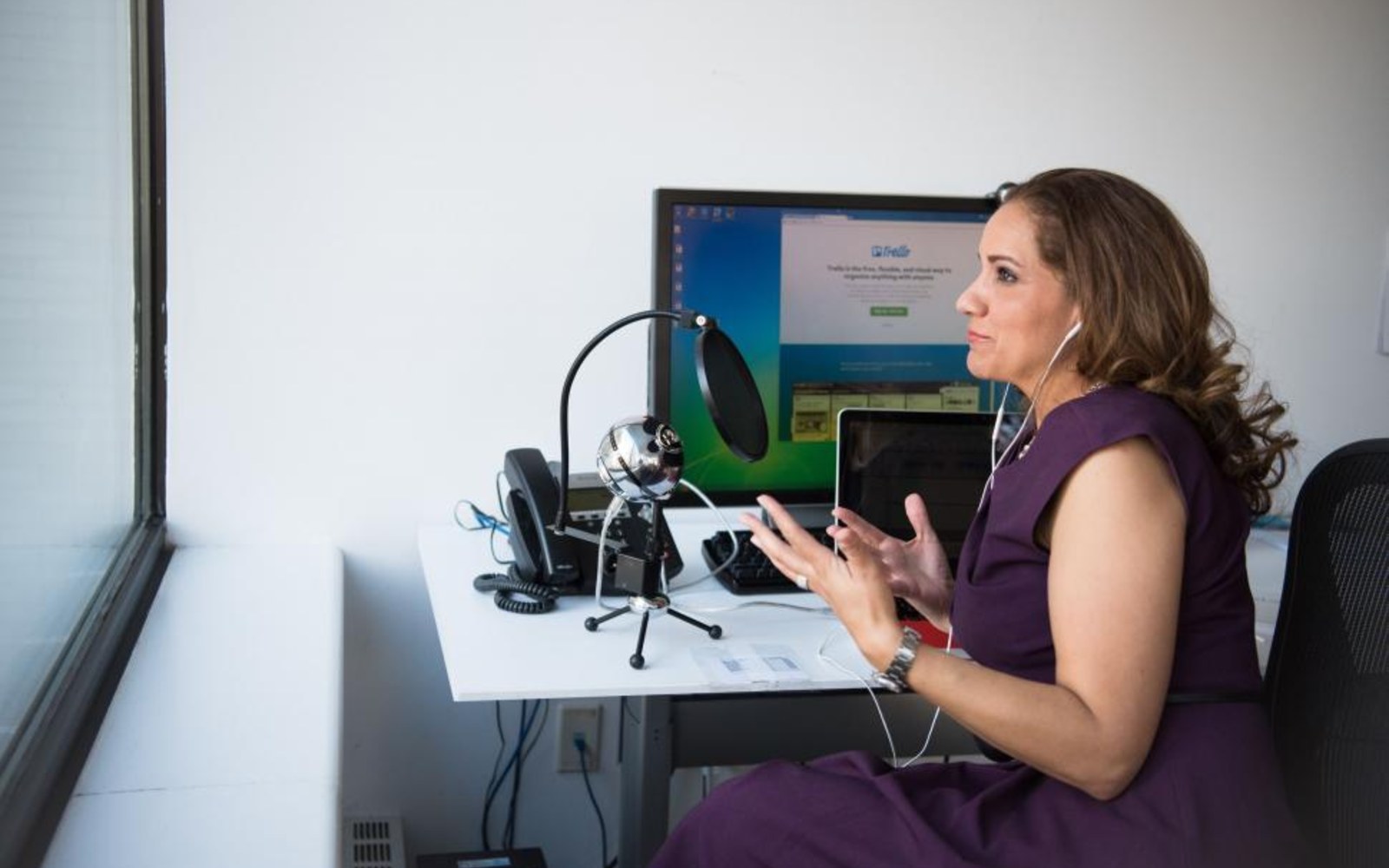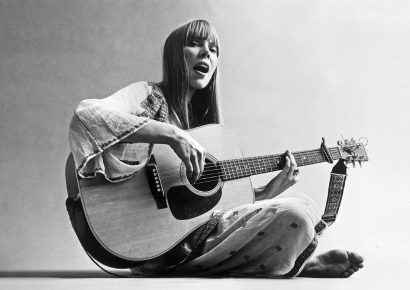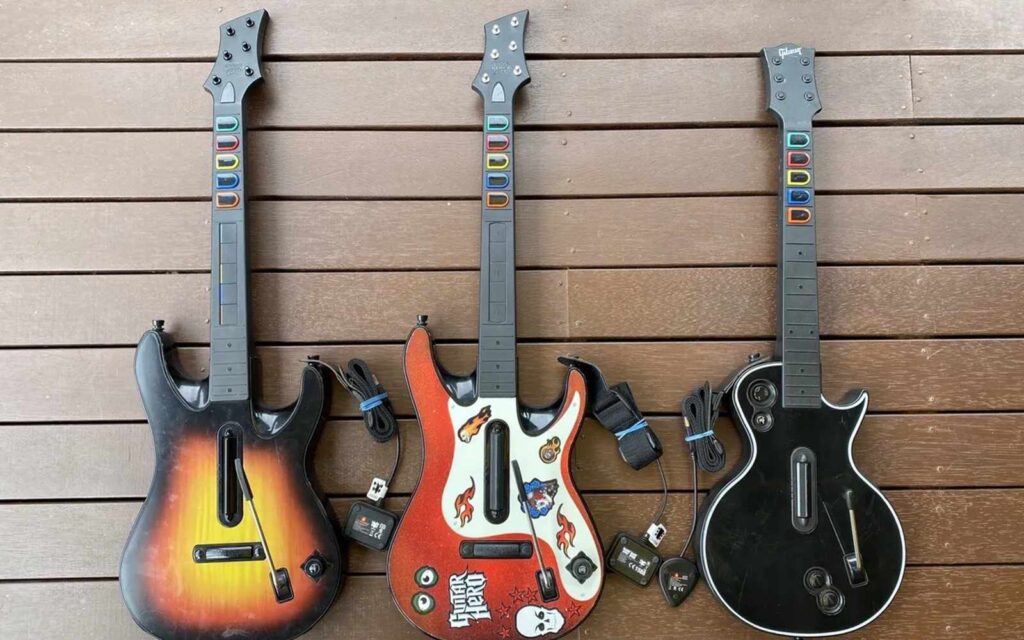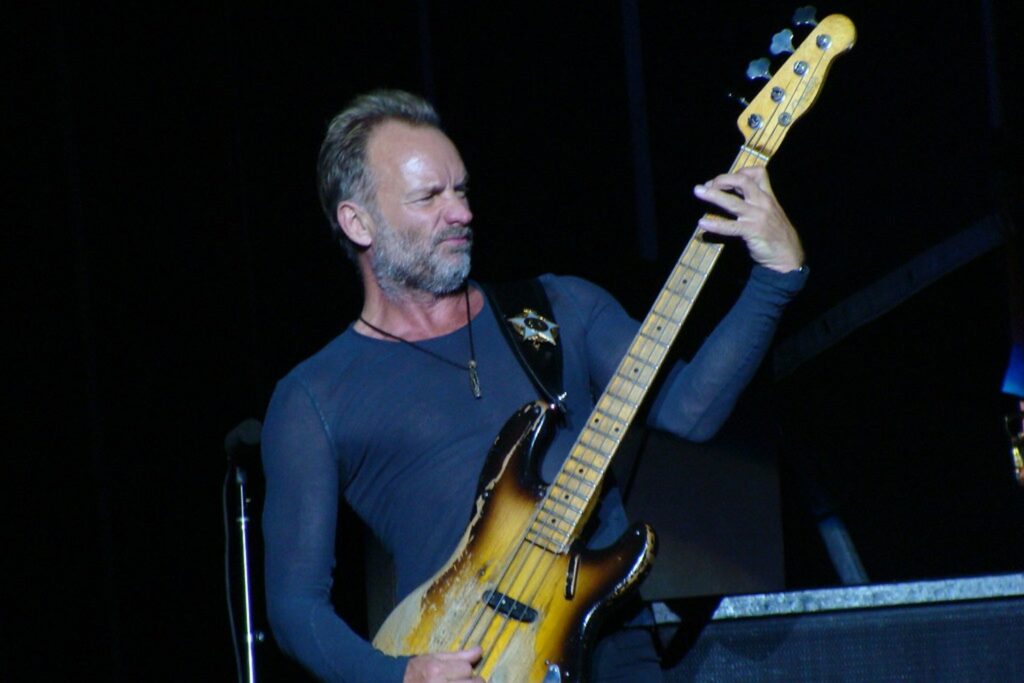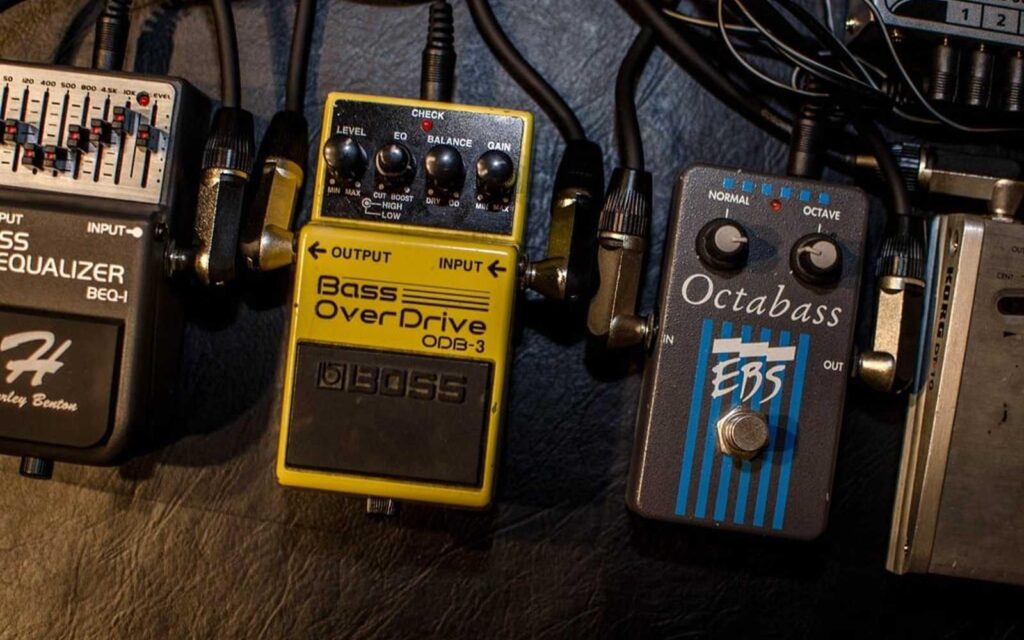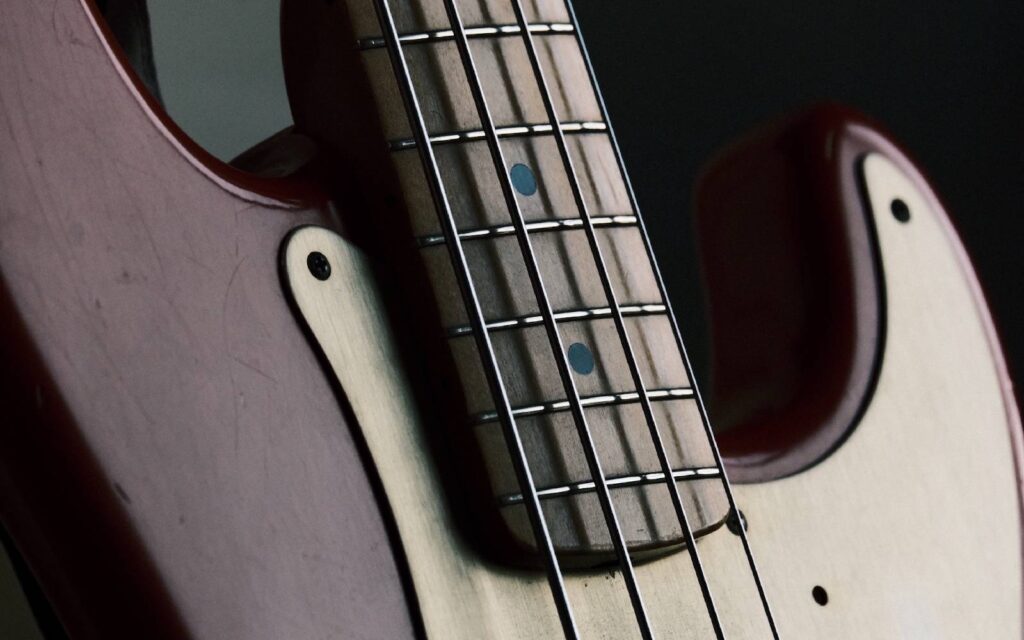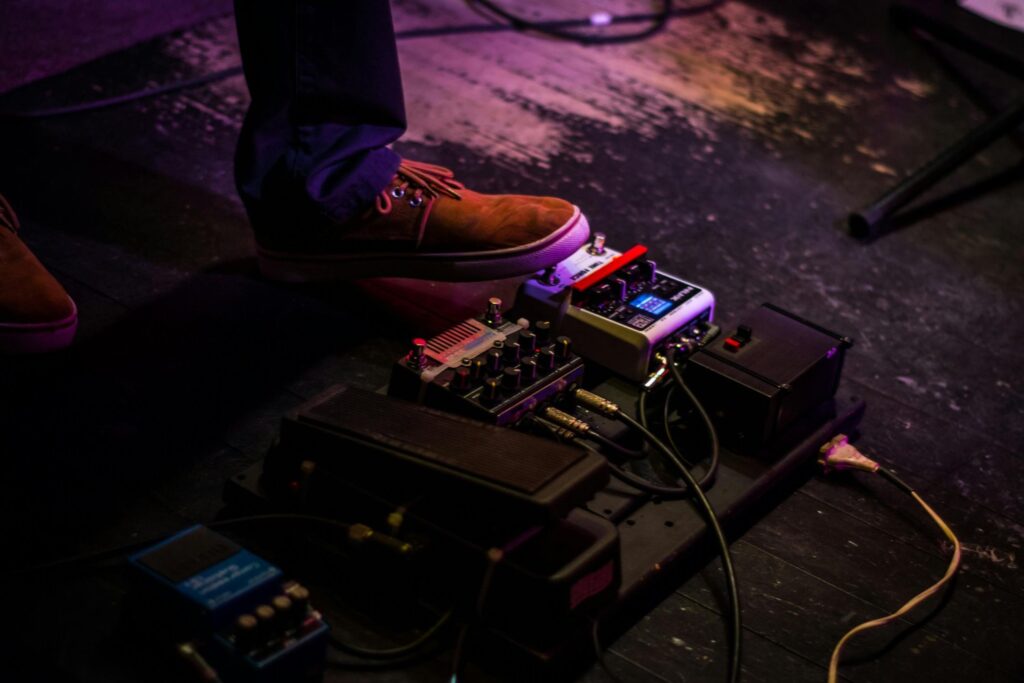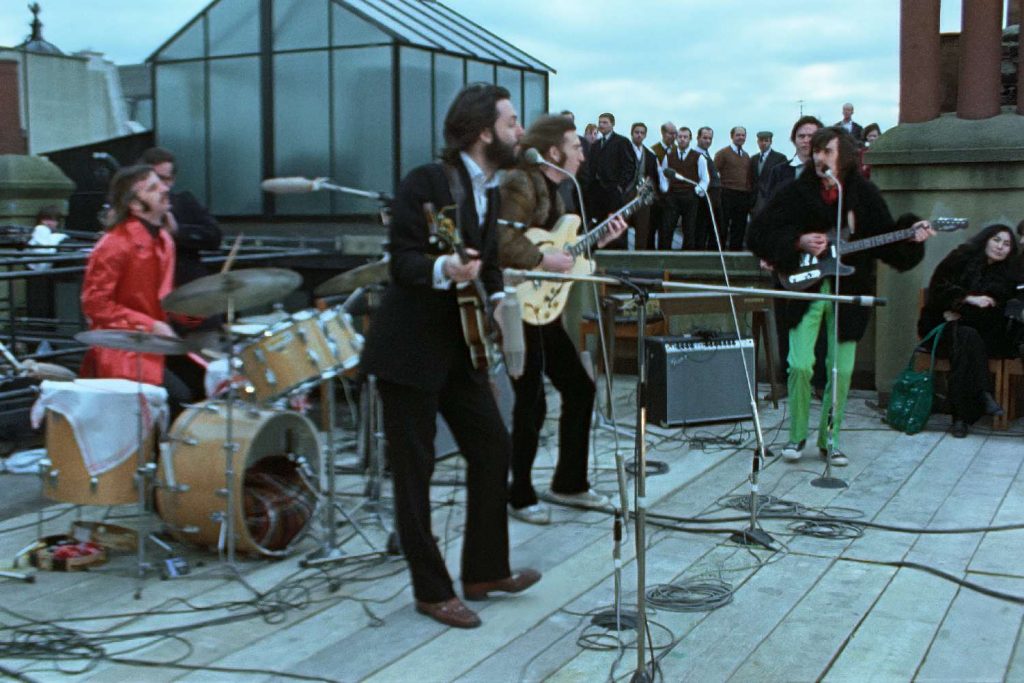Where content creation fits within the wide world of audio.
In the context of technical (and not so technical) audio, the term content creation is a relatively new one, having only recently come into vogue in the early 2010’s. It’s a pretty broad and icky term, designed to unify what is an extremely diverse range of disciplines, each with their own unique set of technical considerations and ideas surrounding workflow and equipment.
In truth, the various sub-sections and differing denominations that make up the mass of daily online content we consume is a far too complex and nuanced affair to ever allow for such convenient articulation, and yet will still need a language to efficiently talk about this stuff, at least at the technical level.
Read all the latest features, columns and more here.
Twitch streaming has about as much in common with podcasting as studio recording does with live sound (at least in terms of workflow and equipment) and yet both of these undertakings still fall under the same broad product category of ‘content creation’. The maturation of new media is happening faster than common generalities will allow for, which is part of the reason why there seems to be so few definitive technical pieces getting around about these kinds of workflows. By the time you read them, the information is likely already out of date and the language borderline archaic, such is the plight of being on the pioneering end of something.
Irrespective of where we are in the media evolutionary timeline, or whatever else is happening in the tech or the zeitgeist or whatever, content creation is still part of the greater audio tree and as such, is still beholden to the same basic home truths as everyone else. Audio quality is still sovereign, mics and monitors are still very important, as is gain staging, room acoustics and all the rest of it. That kind of stuff is, and always will be, impervious to change, regardless of the means of distribution.
Where the various flavours of content creation do differ greatly from traditional audio however, is in their overarching commitment to directivity in all its forms. Directivity in signal flow, directivity in polar patterns, direct distribution, direct conversations with the audience, directly bolting a mic stand to a table… Content creation knows that the fastest way from point A to B is a direct line and it maintains this stance through every stage of the production process.
This commitment to directivity makes a tonne of sense, especially when we consider the almost exclusively DIY approach of the creators themselves, and the fact that so few are coming from a technical background in music or audio.
The nature of the medium means there is little to be gained artistically from having a plethora of sonic choices or years of experience in integrating beautiful soundscapes into ones production. This isn’t Sgt. Peppers after all. Even if there was something for content creators to gain from such an ornate approach to audio, that shit takes time, something that the internet doesn’t wait for.
Just think of the high turnover of the online content cycle and its very demanding and vociferous audience (who expect nothing less than the kind of audio quality they have become accustomed to in professional broadcast) and you soon realise that content creators and audio manufacturers alike have their work cut out for them, inventing and executing these workflows that will allow for this level of quality, at the kind of break necked pace required of a post internet era.
In this regard, content creation has more in common with the smash grab world of electronic news gathering and outside broadcast than it ever will with Dark Side of the Moon, which is another reason why this simple direct capture needs to be honed to the point of blind reliability.
Then we have all the inherent global challenges of the medium, the introduction of visual considerations like sight lines and shot composition, and the impact these non-audio influences have on equipment choice, cable runs, acoustic treatment and more that we don’t normally encounter in standard audio.
Not only that, but we also have the whole IT environment and compromises in the playback/serving of the content itself, the inherent cost of utilising such a direct method of distribution. The tangible sonic effects that come with things like file size/compression, formatting and packet data can impart on an audio signal as well as the fact that our traditionally high definition, pristine audio tracks now have to share their kilobytes with their much enticing, popular cousin (video).
Something’s gotta give and unfortunately this is usually the audio quality. It’s yet another teething issue that needs to be navigated and is exactly the kind of new technical challenge that makes Content Creation such an exciting, solutions based undertaking.
To be a content creator is to be accepting of the fact that the technical learning curve will be steep, but the creative freedom and artistic synergy that comes from refining ones technique and setup to a level of audio quality at least bordering on professional broadcast, is something that will ultimately liberate you from the equipment and the medium all together—giving you a direct, un-obfuscated line to your audience and leaving you free to focus on the actual content.
It’s the exact same epiphany we have seen in self recording musicians, albeit optimised for digital distribution (and with considerably less tracks to deal with).
The purpose of this is not to weigh you down with another batch of conflicting opinions about gear in the content creator space as there are literally dozens of Youtube channels that already excel in creating content about creating content. Our job is to take what we know about audio theory and our experience in professional broadcast and use it to fast track your development as a self-engineering, self-editing Creator, helping you avoid potential problem areas and making you think like an engineer (in the absence of one), thus helping you get to the end game, quicker. After all, isn’t that what the internet is all about?
Covering everything from basic studio connections and introduction to DAW software, through to gain staging, microphone/headphone selection, broadcast monitoring, post-processing and editing, effective shot composition, common audio protocols/file management, playback calibration and more. It’s everything thing you need to go from Joe to something nearing Pro!
Don’t be afraid to smash that like button, hit that bell notification and subscribe here to keep up to date with all of our latest posts from the exciting and cutting edge world of content creation.
